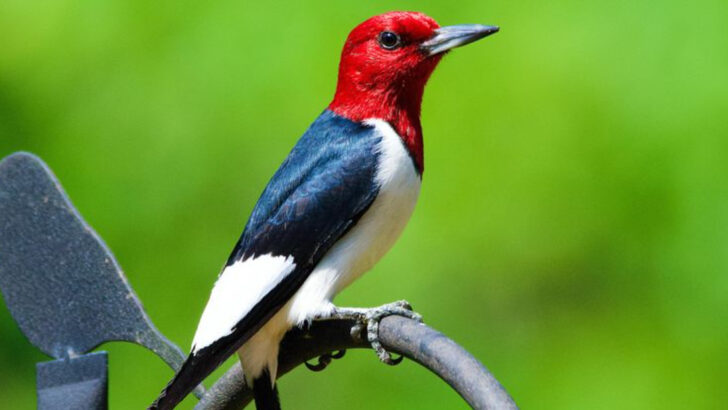Woodpeckers aren’t just the drummers of the forest—they’re some of the most fascinating birds you’ll ever spot. With their sharp beaks, bold patterns, and tree-tapping rhythms, they bring energy and life to woodlands across the country.
Each species has its own signature look, sound, and behavior. Some are bright and flashy, while others blend into the bark like shadows. Learning to recognize them can make any hike, park visit, or backyard glance feel like a mini adventure.
If you love birds or just enjoy nature’s little surprises, these woodpeckers deserve a place on your must-know list.
Green Woodpecker
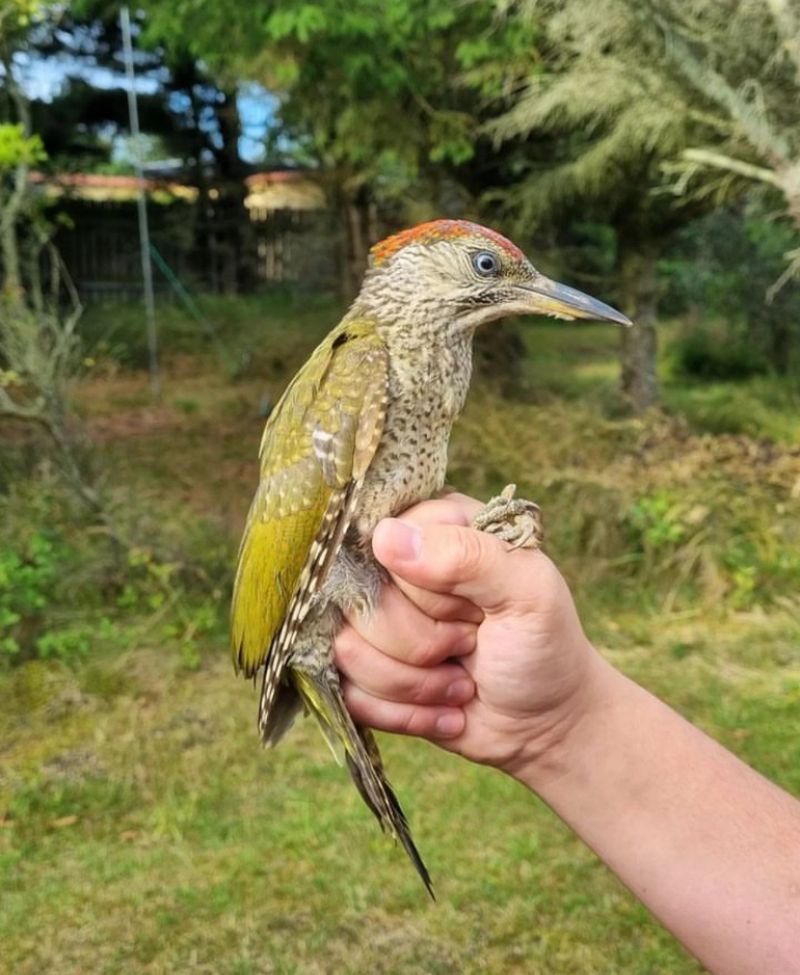
Known for its vibrant green plumage and distinct red crown, the Green Woodpecker is a visual delight. Often found in European woodlands, this bird is a master at foraging ants from the ground, providing a unique ecological service.
Their laughing call echoes through forests, earning them the nickname “yaffle.” Interestingly, they avoid pecking trees, favoring softer ground for sustenance. This quirky behavior sets them apart from other woodpeckers.
Did you know? The Green Woodpecker’s tongue can extend up to 10 cm, perfect for probing anthills!
Great Spotted Woodpecker
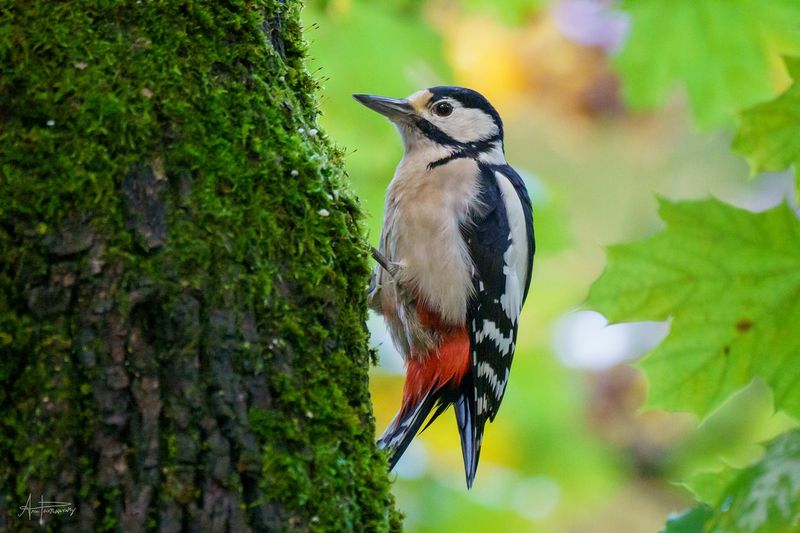
With its bold black and white pattern and a splash of red, the Great Spotted Woodpecker is hard to miss. Found across Europe and Asia, it thrives in both woodlands and urban areas.
This bird is known for its rhythmic drumming, a sound that defines its territory and attracts mates. Unlike other woodpeckers, they are adept at visiting bird feeders, bringing excitement to backyards.
Fun fact: Their drumming can reach up to 10,000 pecks per day!
Ivory-billed Woodpecker
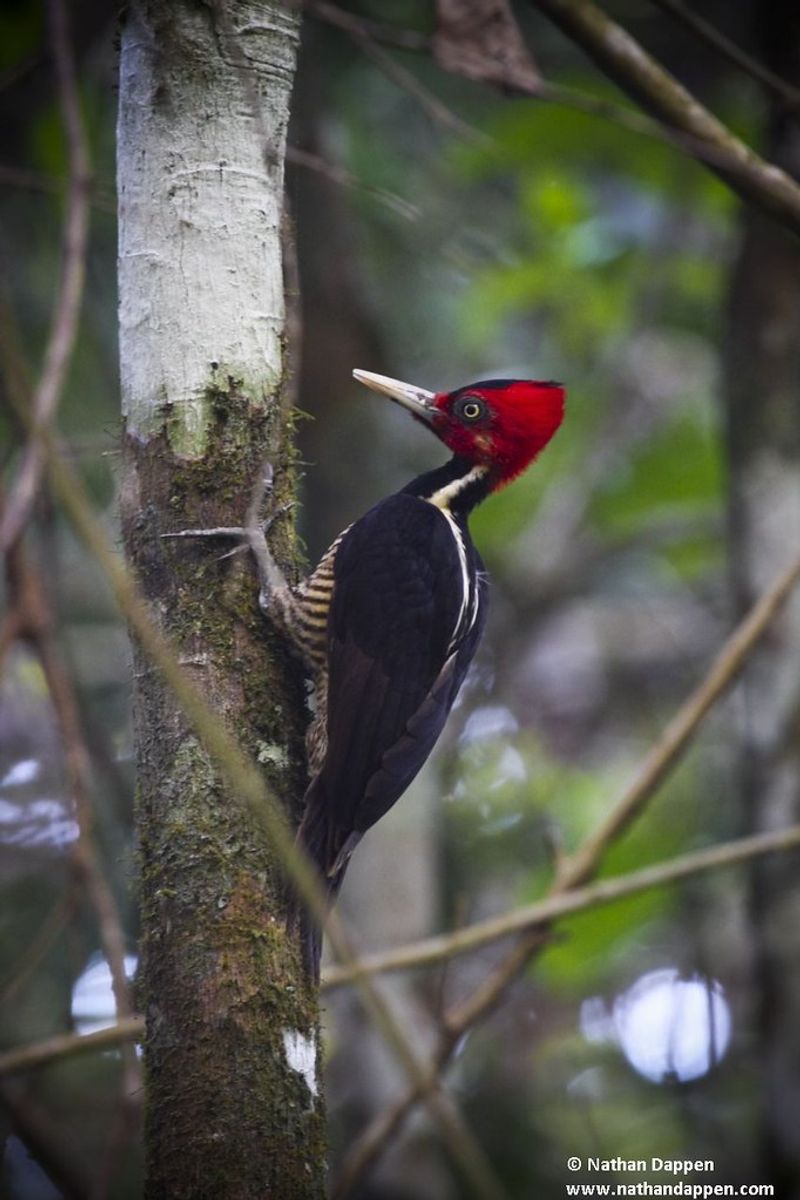
Once thought extinct, the Ivory-billed Woodpecker is a symbol of mystery and resilience. With its striking black and white plumage and red crest, this giant of North American forests captivates the imagination.
Its preferred habitat includes dense, swampy woodlands, where it feeds primarily on beetle larvae. The search for this bird has become a quest for many birders, driven by hopeful sightings and legendary tales.
Despite skepticism, enthusiasts continue to pursue the elusive “Lord God Bird,” a name inspired by its awe-inspiring presence.
Pileated Woodpecker
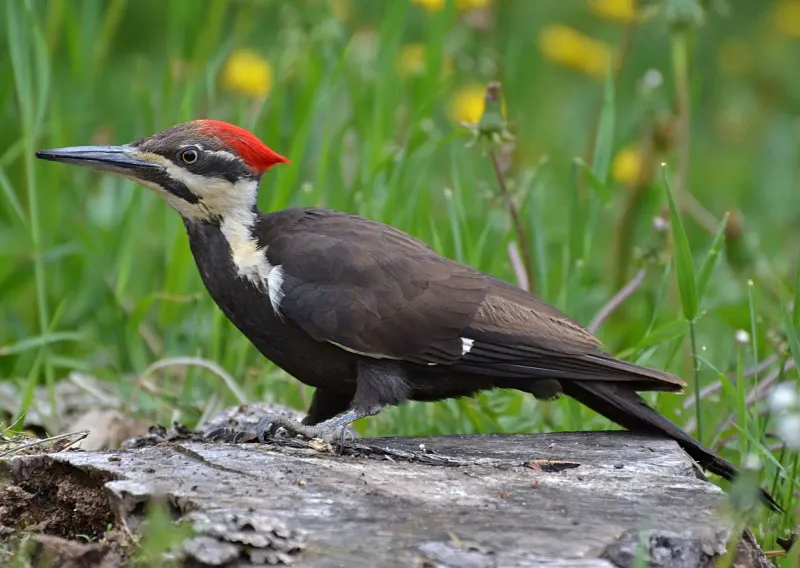
Boasting a vibrant red crest and a robust size, the Pileated Woodpecker is hard to miss. Found across the forests of North America, they create rectangular holes in trees searching for ants. Their loud calls echo through the woods, making their presence known. Beyond their impressive size, these woodpeckers are known for their distinct black and white striped face, adding to their striking appearance. Watching a Pileated Woodpecker in action is a spectacular sight, as they hammer away at trees with incredible force, leaving behind telltale signs of their activity.
Downy Woodpecker
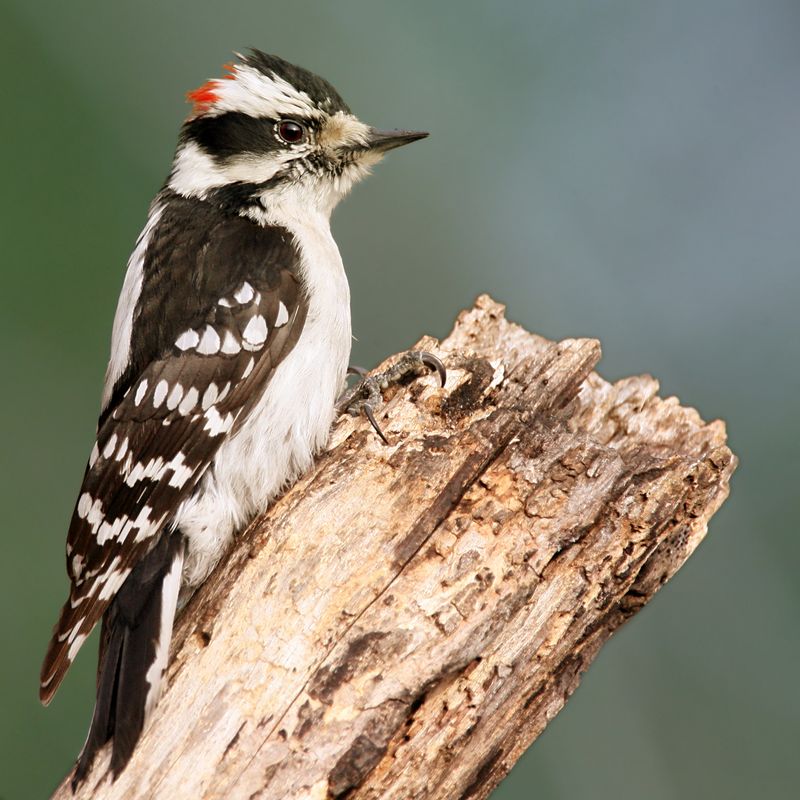
Resembling a miniature version of its larger relatives, the Downy Woodpecker is often spotted in gardens and parks. Despite its size, it plays a crucial role in controlling insect populations. With its distinctive black and white pattern and a small red patch on the male’s head, they’re easy to identify. Listen for their gentle tapping as they forage for insects beneath tree bark. Observing their agile movements and listening to their sharp calls can be quite delightful for anyone interested in these industrious birds. Their adaptability makes them frequent visitors to backyard feeders.
Hairy Woodpecker
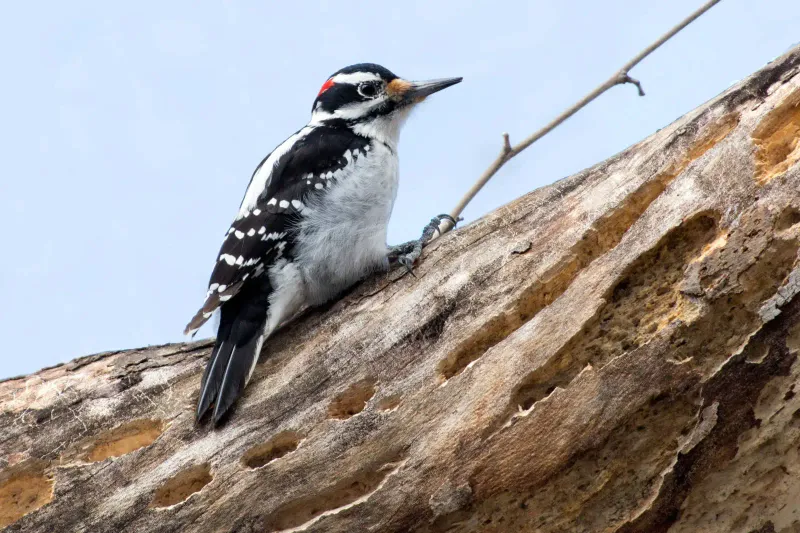
Often confused with the Downy, the Hairy Woodpecker is slightly larger and boasts a longer beak. Found in forested areas, their strong, rhythmic drilling is a familiar sound. Spotting the difference between the Hairy and Downy Woodpeckers requires a keen eye, focusing on their beak size and overall length. Their black and white plumage, accompanied by a red patch on the males, makes them a striking sight. Whether pounding away at tree trunks or flying through wooded areas, their presence is always felt. They play an essential role in maintaining healthy forests.
Northern Flicker
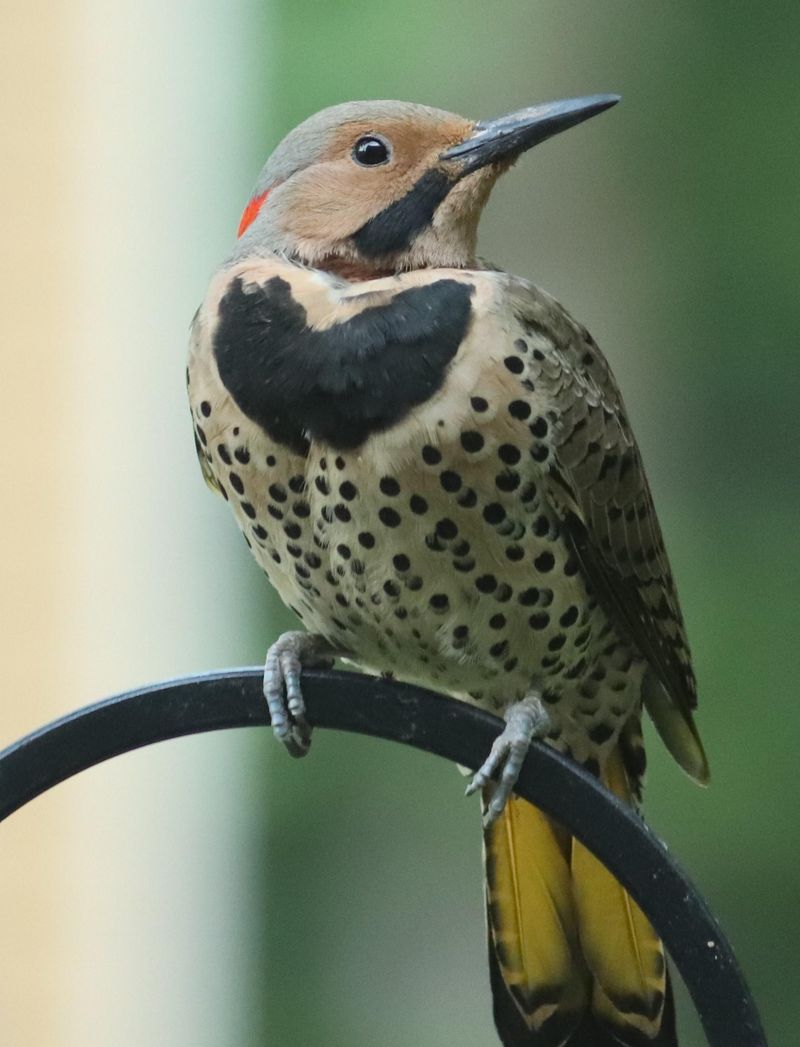
Unlike most woodpeckers, Northern Flickers are often found on the ground, searching for ants and beetles. Their coloration is a blend of browns and blacks, with a distinctive spotted chest and a bright red nape. This makes them stand out among the trees and grasslands. Known for their unique “wick-a-wick-a” call, they add a musical note to the landscape. Observing their foraging habits and flight patterns can be particularly rewarding. Their adaptability to different environments makes them a common sight across North America, adding charm to both rural and urban settings.
Red-bellied Woodpecker
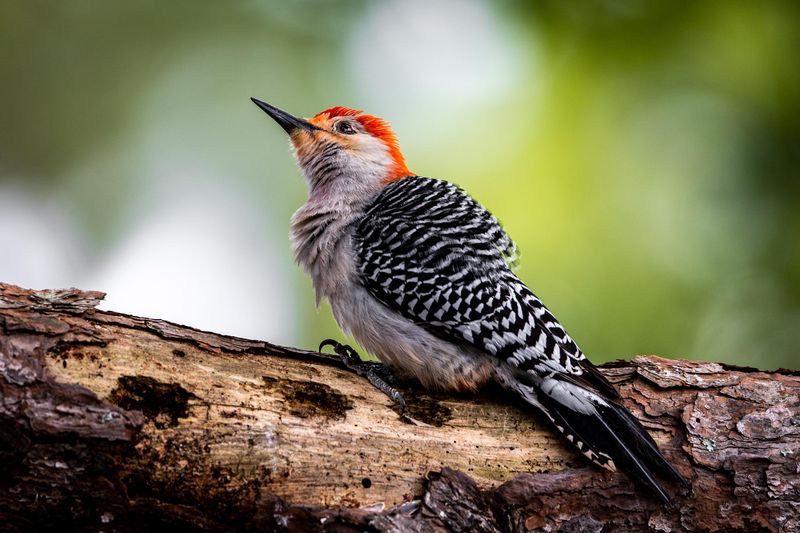
With a misleading name, the Red-bellied Woodpecker actually showcases more red on its head than its belly. Its striking black and white barred back adds to its visual intrigue. Found in eastern U.S. forests, their rolling call is a common sound. These woodpeckers are known for their acrobatic skills, often seen hanging upside down while foraging. They have a varied diet, including insects, nuts, and fruits, which makes them frequent visitors to bird feeders. Their adaptability to suburban areas makes them a favorite among birdwatchers in residential neighborhoods.
Yellow-bellied Sapsucker
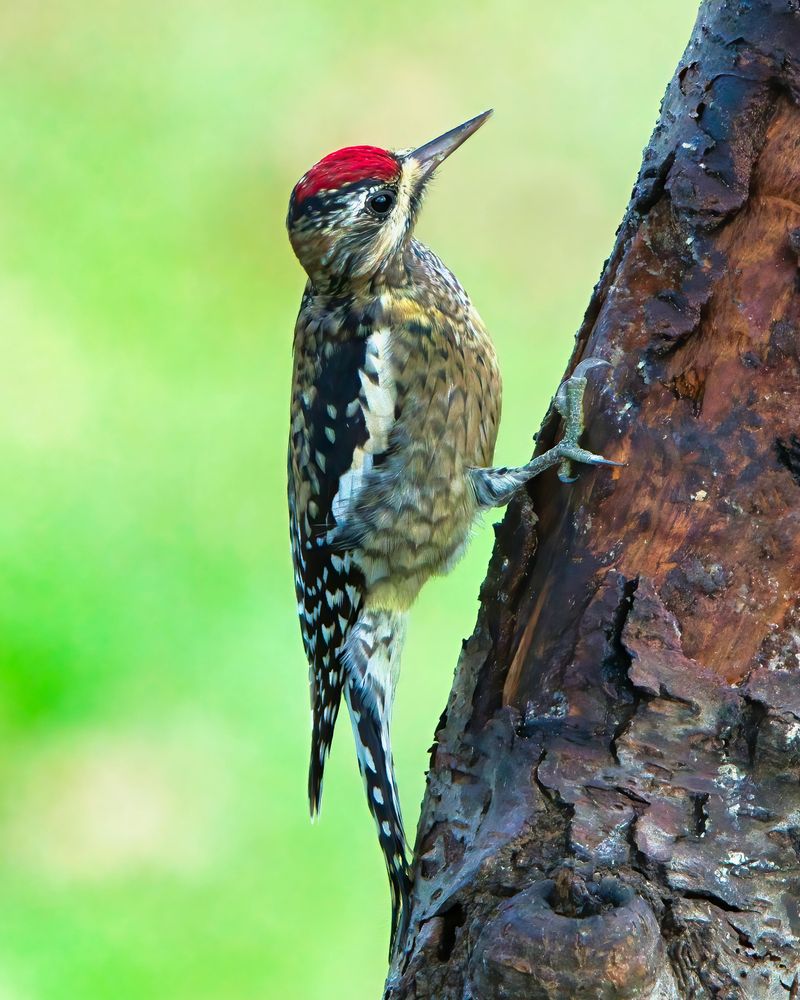
Famous for their sap-drilling habits, Yellow-bellied Sapsuckers leave rows of holes in trees. These rows attract not only the sapsucker but other species as well. Their yellow-tinged belly and red forehead add a splash of color to their black and white barred wings. Found mainly in forests, they migrate to warmer areas during winter. Their presence is often betrayed by the distinct pattern of sap wells they leave behind. By feeding on tree sap and insects, they contribute to the ecosystem in a unique way. Their migratory patterns intrigue ornithologists worldwide.
Acorn Woodpecker
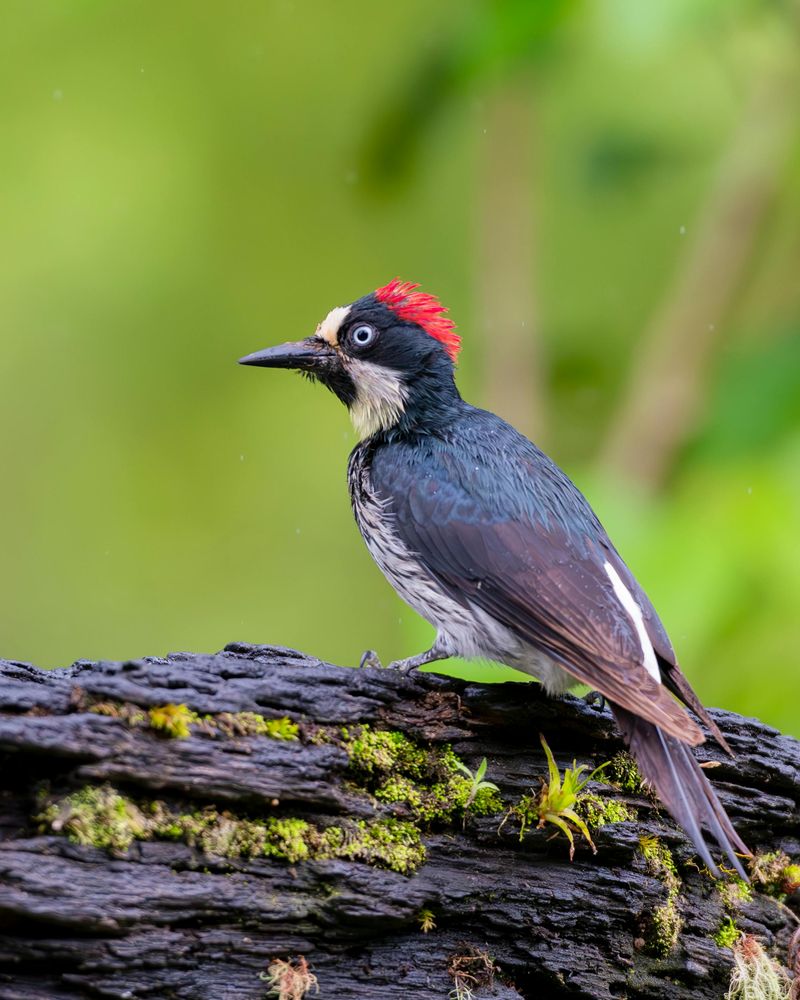
Known for their unique storage habits, Acorn Woodpeckers create granaries by storing acorns in holes drilled into trees. Their clown-like face markings and social behavior make them fascinating to observe. Found in oak woodlands, particularly in the western U.S., they live in large, cooperative family groups. The drilling and chattering sounds of these woodpeckers fill the air around their territories. Their reliance on acorns as a food source showcases a remarkable adaptation. Watching them work together to maintain their granaries provides insights into their complex social dynamics and community life.
Red-headed Woodpecker
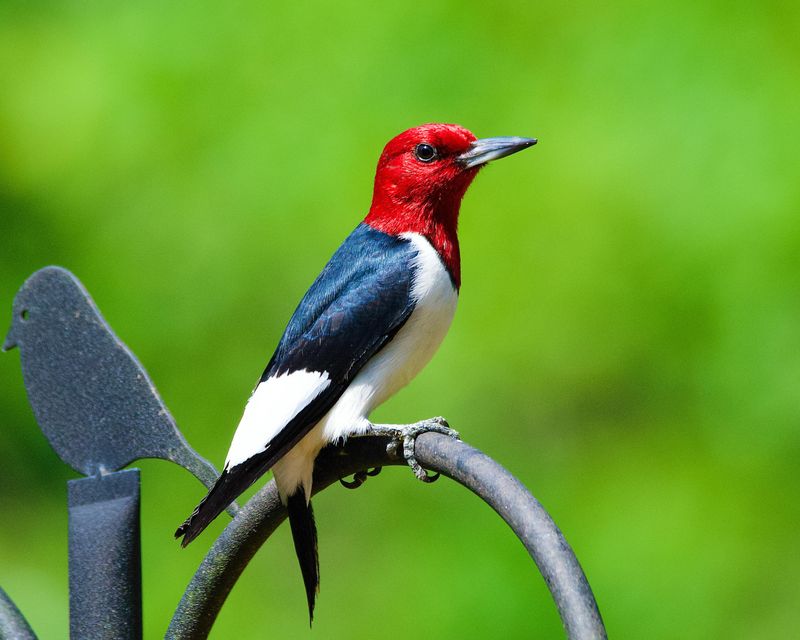
Easily identifiable by its vibrant red head, the Red-headed Woodpecker stands out with its striking tri-color pattern. Known for catching insects mid-air, these woodpeckers are agile hunters. Their bold coloring is complemented by black and white wings, which make a striking contrast. Found in open woodlands and near water bodies, they nest in tree cavities. Their diet is diverse, including insects, seeds, and even fruits. Watching their acrobatic flight and listening to their calls adds excitement to any birdwatching activity. Conservation efforts are vital to supporting their populations, as their habitats face threats.
Gila Woodpecker
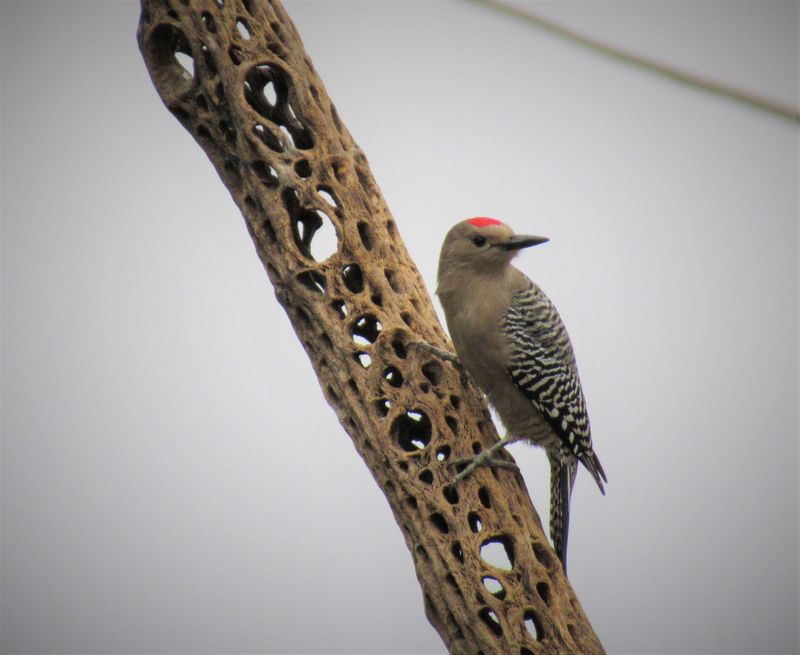
Thriving in the desert landscapes, the Gila Woodpecker is commonly found among cacti, especially the iconic saguaro. Their golden hues and striped backs blend seamlessly into the arid environment. These birds are known for their ability to adapt to the harsh conditions of the desert. Their diet consists of insects, fruits, and occasionally small reptiles. Observing them as they navigate the thorny terrain is a unique experience. The Gila Woodpecker plays a crucial role in the ecosystem by aiding in pollination and controlling insect populations, showcasing their importance in desert habitats.
Black-backed Woodpecker
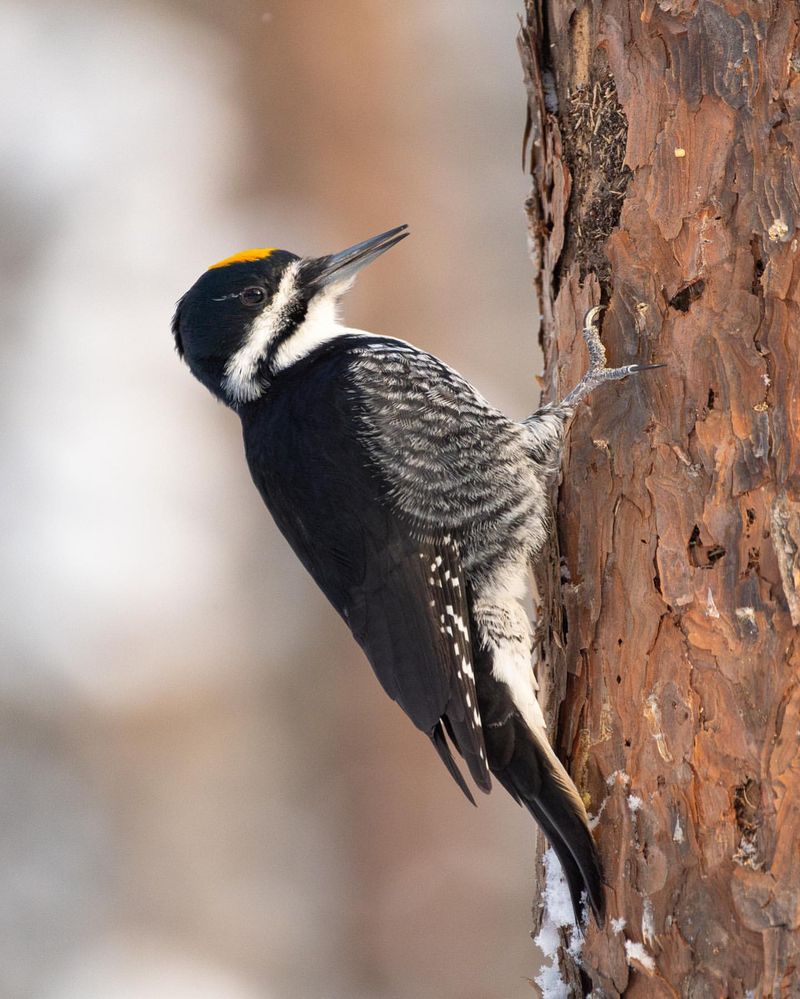
Specializing in post-fire environments, the Black-backed Woodpecker thrives in burnt forests. Their black backs serve as camouflage against the charred bark. These woodpeckers feed on wood-boring beetles, playing an essential role in forest recovery. The males are distinguished by a bright yellow cap, adding a touch of color. Their presence is a boon for ecosystems affected by wildfires, illustrating nature’s resilience. Observing these birds requires visiting fire-affected areas, where they find abundant food sources. Their adaptation to such niche habitats highlights the diversity and adaptability of avian life.
Lewis’s Woodpecker
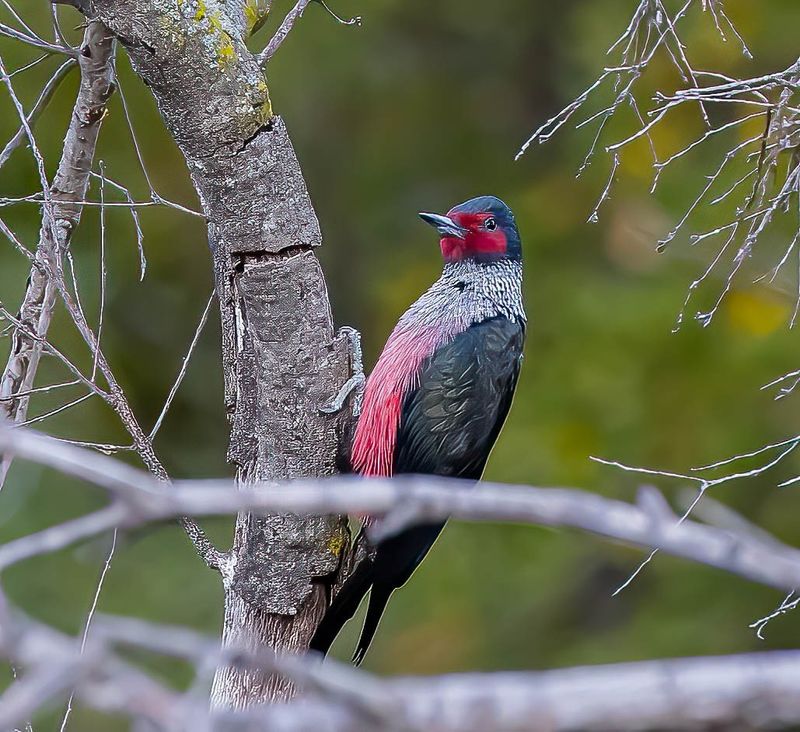
Sporting unusual coloring for a woodpecker, Lewis’s Woodpecker catches the eye with its greenish-black body and pinkish belly. Unlike others, it’s often seen gliding through the air, catching insects in flight. They frequent open areas, such as prairies and farmland, showcasing their adaptability. Their diet is varied, including insects, fruits, and nuts. The combination of their unique flight style and vibrant coloring makes them a delightful sight. Observing them offers a glimpse into a less typical woodpecker lifestyle, where aerial acrobatics replace the traditional tree-drumming behavior.
White-headed Woodpecker
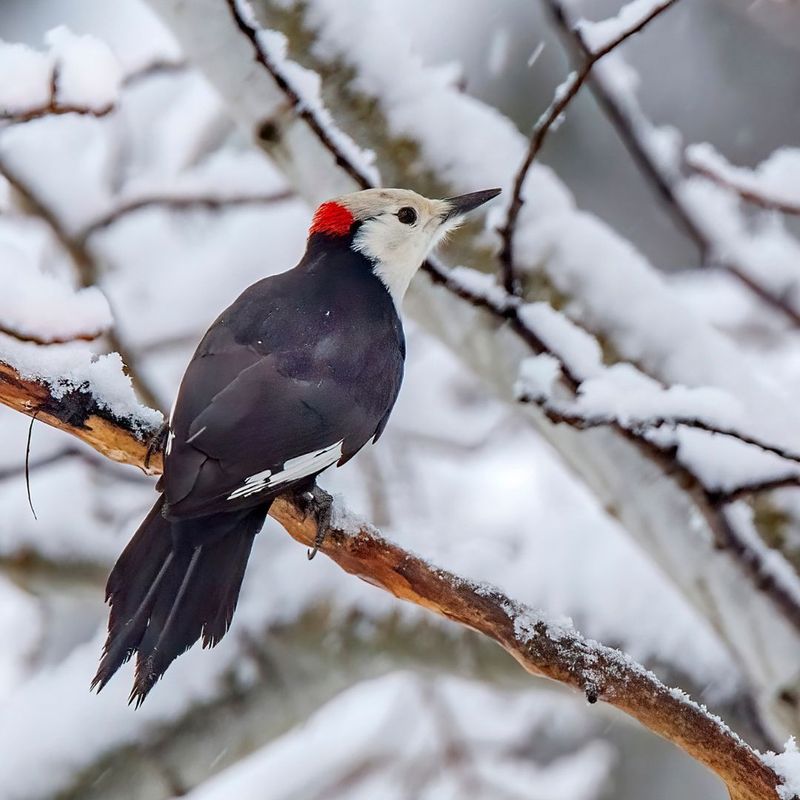
The striking appearance of the White-headed Woodpecker, with its namesake feature, sets it apart. Found in mountainous forests, primarily in the western U.S., these birds prefer pine-dominated habitats. Their diet consists mainly of pine seeds, making them vital to forest ecology. The contrast of their white heads against dark bodies is visually striking, especially against the green backdrop of coniferous forests. By watching these woodpeckers, one can appreciate the specialized roles birds play in different ecosystems. Their presence is a testament to the intricate balance of nature’s design.

